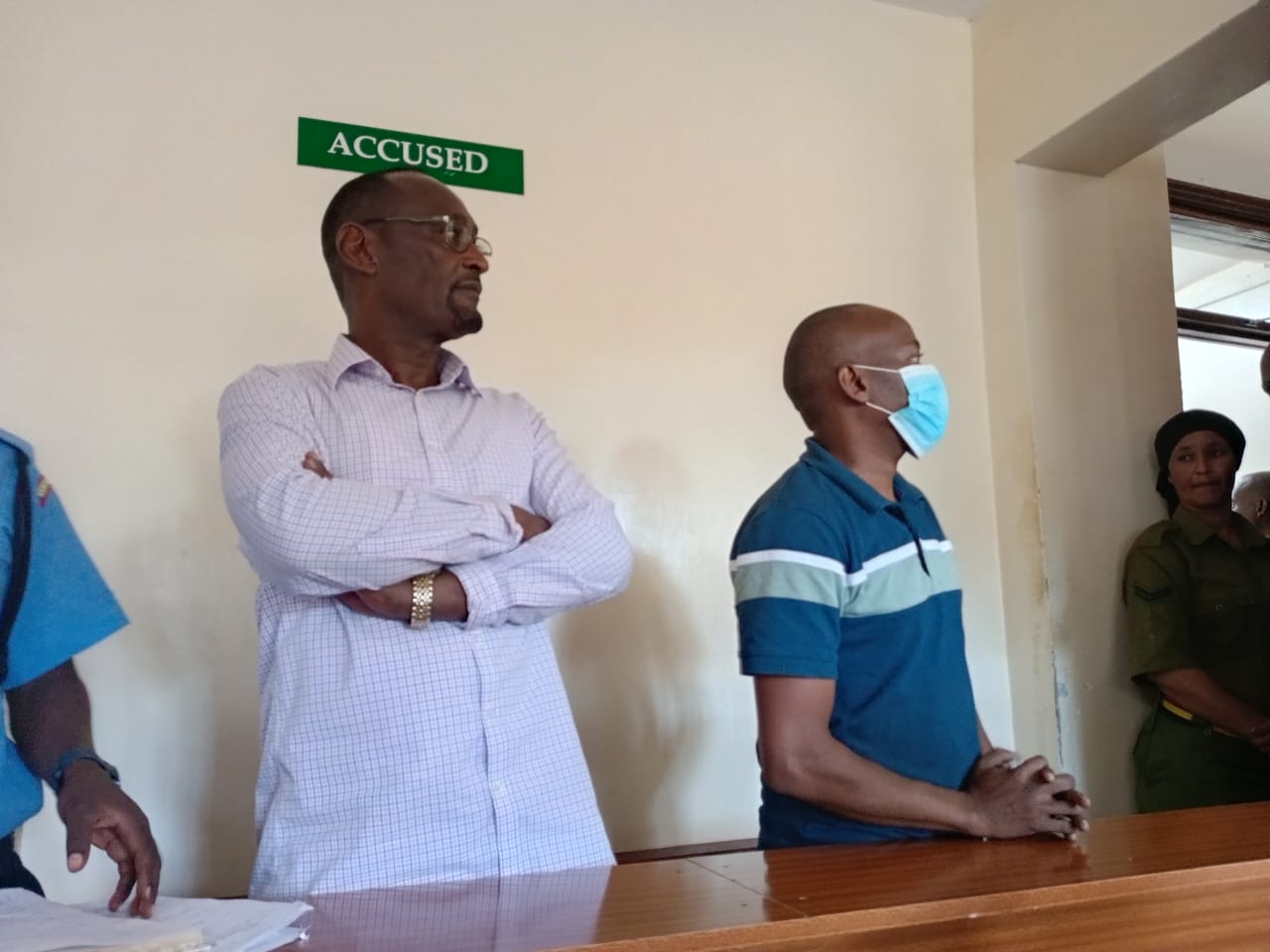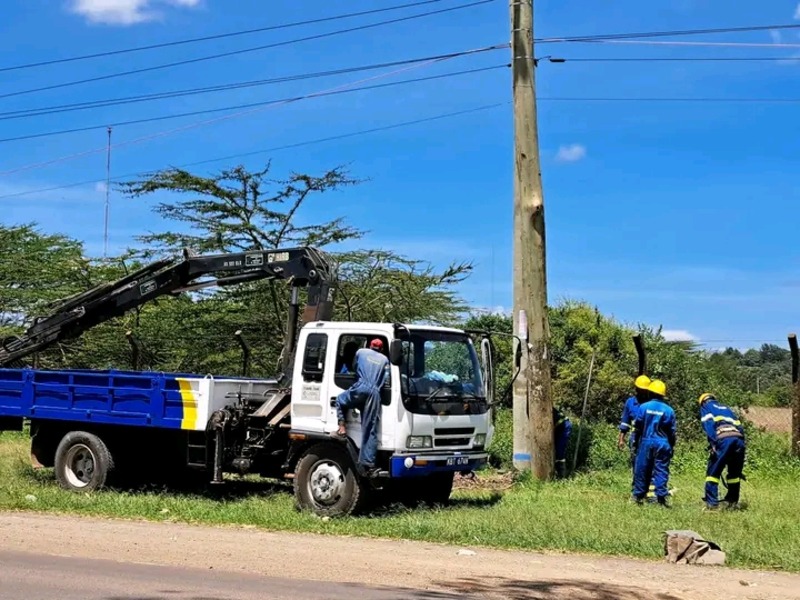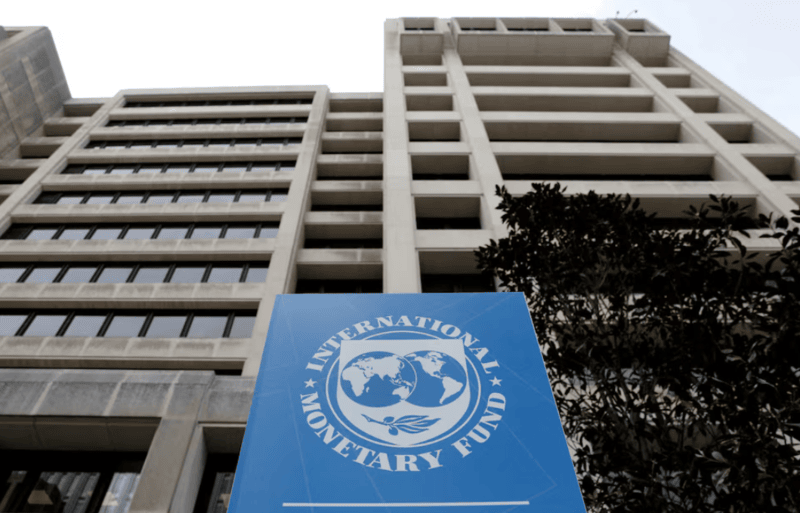Ethiopia's electricity production doubles after opening two more dam turbines

By Vincent Ombati |
Via their X handle, the Grand Ethiopian Renaissance Dam (GERD) said construction of the concrete dam is now complete and operational.
Ethiopia has boosted its electricity production after opening two more turbines of its mega-dam in Blue Nile. The two turbines with a capacity of 400W each will be able to generate an output of 1,550 megawatts.
Via their X handle, the Grand Ethiopian Renaissance Dam (GERD) said construction of the concrete dam is now complete and operational.
Keep reading
- Details of agreement between Ethiopia and Somalia brokered by Turkey
- Turkiye brokers deal between Somalia and Ethiopia diffusing tensions
- Turkey's Erdogan meets Somalia, Ethiopia leaders separately amid Somaliland dispute
- Meta contractor dismissed threats to moderators by Ethiopia rebels - court documents
"The overall progress of the GERD has now transitioned from the construction phase to the operation phase."
During the opening of the turbines, Ethiopian Prime Minister Abiy Ahmed said the dam plays an important role in managing water flow. He added that the two turbines will be releasing 2,800 cubic metres of water per second, which will ensure a steady water supply to downstream nations, especially during dry seasons.
Abiy said the spillway will boost agricultural productivity, boost power generation, and improve resource utilisation.
"This carefully regulated release will significantly enhance agricultural productivity, boost power generation, and improve resource utilisation throughout the region," said Abiy.
 The two turbines with a capacity of 400W each will be able to generate an output of 1,550 megawatts.
The two turbines with a capacity of 400W each will be able to generate an output of 1,550 megawatts.
He further revealed plans to add three more turbines as the water level increases.
Ethiopia plans to become the largest hydro station in Africa by producing 5,000 megawatts. The country began generating electricity from the dam in February 2022. Currently, the dam holds 60 billion cubic meters of water and it is expected to hit 71 billion cubic by December.
The opening of the two turbines comes when there is a major concern from states that share the Nile. Egypt and Sudan have expressed their concerns that the project might limit their access to Nile waters. There have been no tangible breakthroughs over a three-way agreement between the countries.
In June 2024, South Sudan joined Ethiopia, Tanzania, Rwanda, and Uganda in ratifying the River Nile Framework (CFA). The framework which is set to come into effect on October 6, 2024, will see the establishment of the Nile Basin Commission which will give guidance on how to resolve disputes and also the future of the River Nile Basin.
Reader comments
Follow Us and Stay Connected!
We'd love for you to join our community and stay updated with our latest stories and updates. Follow us on our social media channels and be part of the conversation!
Let's stay connected and keep the dialogue going!
















